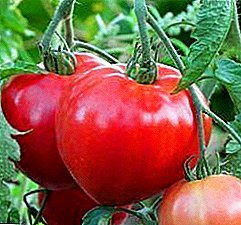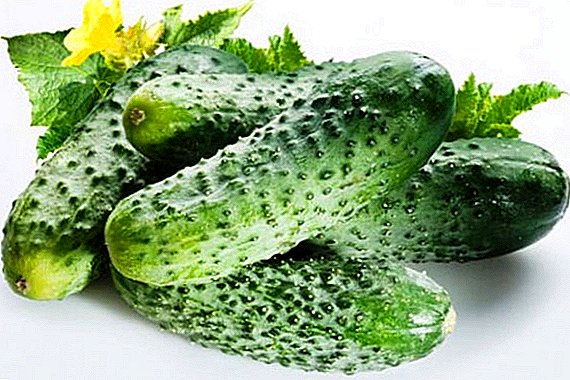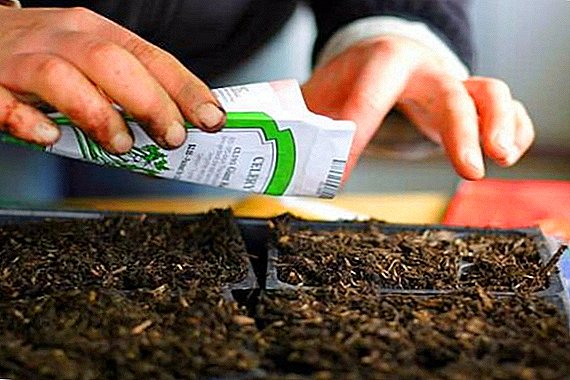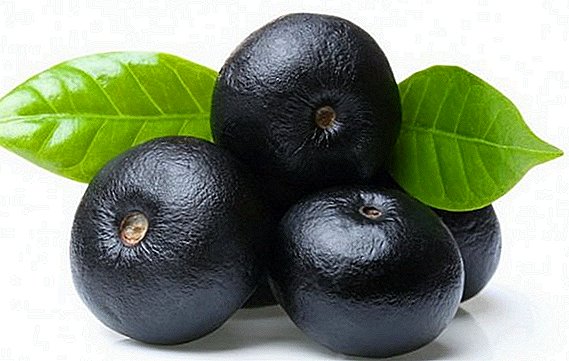 Many believe that the "lexicon" of cows is limited to a single monotonous sound "Mu-y". However, experts are convinced that such mooing can have more than a dozen different intonations conveying certain emotions of the animal. Why cattle moos, what a logical explanation for this, and with what signs these sounds are connected by the people - read on.
Many believe that the "lexicon" of cows is limited to a single monotonous sound "Mu-y". However, experts are convinced that such mooing can have more than a dozen different intonations conveying certain emotions of the animal. Why cattle moos, what a logical explanation for this, and with what signs these sounds are connected by the people - read on.
Why cow sound is called moo
Sounds produced by cattle in different Indo-European languages are interpreted in their own way. For example, in Latin it will sound like mugīre [mu: gira], in German - muhen [mi: en], in Lithuanian - mūkti [mi: kti], and in ancient Greek - mўkaomai [mu: komay]. All these are sound imitators of a single cow sound mū [mu:], which in Russian is denoted by the word "lowing".
Did you know? During the bullfight, the red canvas is used exclusively to attract the viewer's eye, because the bulls, like the cows, do not distinguish colors. They are enraged by the very fact of the flickering of an incomprehensible object in front of their nose.
In search of an answer to the question of why many nations “torture” cows, while the Russians moo, linguists have agreed on the opinion of the phonetic change ū [y:] in [y]. Analogous sound transformations occurred in other Russian-language words, which served as the basis for linguistic juxtaposition. For example, the Lithuanian word "sūnus" [soo: nýs] is pronounced by Russians as "son", and the Latin "fūmus" - as "smoke".

Why do cows moo
Many farmers mistakenly believe that cows make sounds only when they feel hunger or thirst. However, zoologists do not agree with such beliefs, and from a scientific point of view, there are a number of reasons for cow mooing:
- anxiety (sounds are made with drawn intonation, a complaint is heard in them);
- hunger, feeling sick, thirst (in such situations, there is an increase in voice and persistence);
- joy, caused by a meeting with the owners (a cow pronounces a rhythmic and long-lasting "Mu-mu-mu-mu-mu-y");
- nostalgia for the old house and the owners (sadness is heard in intonation);
- sexual cyclewhich lasts 21 days for cattle females (if the calf remains uncovered, such sound accompaniment of internal biochemical processes will occur cyclically during the period of sexual activity);
Important! The taste of cow's milk directly depends on the feed that feeds the animal. If the product is bitter - most likely, the cow ate wormwood or other bitter grass.
- nymphomania (then the animal often moos because of continuous sexual activity, such cases are extremely rare);
- communication with the herd (cow sound can be heard in the mornings, when the animal only comes to the pasture);
- exchange of information with the calf or his search;
- milking signal (when an udder is poured into cows, thereby causing pain, the females loudly attract the attention of the housewives);
- anxiety (when an animal encounters something new or surprising);
- ovarian cystic (the disease is accompanied by constant anxiety, reduced milk production and a loud roar, the problem is solved only by surgery).
 Cows in the hunt during the intensive and loud moo
Cows in the hunt during the intensive and loud mooSmall calves have a reason for mooing. Depending on intonation, researchers most often associate them with diseases. Keep in mind that calves moo when they experience internal discomfort caused by:
- diarrhea and associated abdominal pains (usually happens with overeating, treatment occurs with the participation of castor oil);
- salmonellosis (in addition to mooing, crumbs have a fever, vomiting, diarrhea; complex therapy requires the use of antibiotics and disinfection of the room);
- pneumonia (arises due to poor conditions of detention);
Learn how to raise a newborn calf, how to feed calves with animal feed, how to treat white muscle disease, dyspepsia, rickets, hypotrophy, avitaminosis, umbilical hernia in calves.
- vitamin A and D deficiency (you need to pay attention to the diet of young);
- ringworm deprive (you can not run the disease, because it can go to the person);
- septicemic diseases (their cause is the bacterial environment, which develops in the animal's body from a poorly treated umbilical cord, the solution is iodine disinfection).
 Do not forget that the calf may moo because of separation from the mother
Do not forget that the calf may moo because of separation from the mother
Cow mooing: folk omens
According to archaeological research, man has been consuming milk for more than 10 thousand years, when milk animals were first domesticated. For such a long period of contact with cattle, every nation had its own ideological stereotypes, where cows occupied a certain niche. The Russians do not consider the cows sacred animals, but they are associated with many beliefs and folk signs.
Here are the most common ones:
- Superstitious people say that the morning cow moo promises bad news. The same predicted and long nightly roulades of horned females. But the bull always mumbles for good luck.
- If these animals often moo, then their owner is an angry, or just angry person.
- If the female roars and begins to "cry", then the owner will face a sad fate and, perhaps, a quick death.
- A cow moos three times at a person is a sign of death.
- Hearing lowing after midnight - the sign promises death.
Important! Old sign: a cow must be sold with a hearth, so that it stays for a long time with the new owner.
As you can see, the mooing of a horned ward can mean a lot. But, in any case, you need to take good care of the cow and take care of her. And then she will moo except for joy.












